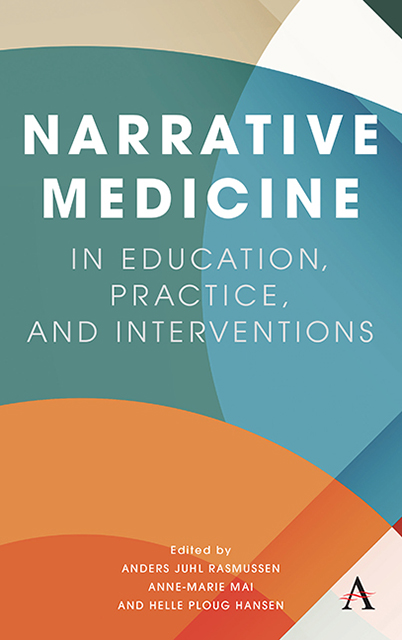Chapter 3 - Vulnerable Reading: Stories as Good Companions
Published online by Cambridge University Press: 08 June 2023
Summary
This chapter presents “vulnerable reading” as complementary to narrative medicine but representing a different emphasis. Vulnerable reading seeks to help people discover how a literary work can help when they need help. It asks how can literary works become our companions, guiding us, caution-ing us, consoling us, and maybe amusing us. Vulnerable reading is not a clinical intervention; on the contrary, it addresses both ill people and health professionals equally, according to each's need. Because vulnerable reading is not a theory but a practice to be adapted according to individual need, the chapter suggests five aspects of a story that readers might be curious about—what a vulnerable reader might ask as she reads. These involve be-ing interested in the story's characters, the storyworld that is created, the dialogical relations between characters, the characters’ respective vulner-abilities, and the sense of rightness that the characters uphold and the nar-rative conveys. These areas of curiosity are shown in a brief consideration of Shakespeare's tragedy King Lear.
Vulnerable reading works on the opposite side of the street from narrative medi-cine: the side of the street where ill people live. But not only ill people. Vulner-able reading is for all those who are willing to acknowledge that they are strugg-ling to hold on to their sense of self and purpose, and even their desire to live. Some of these people are healthcare workers. Most will be ill people or people who are not immediately sick but whose chronic conditions or disabilities make them vulnerable. Vulnerable reading is about what these people might look for when they read to help them in their different struggles.
Unlike the usage common to narrative medicine, I do not—emphatically not—speak of patients as those who need vulnerable reading. Ill people become patients only during those times when they are being attended by a healthcare Interventionsworker. Vulnerable reading can help people reflect on what happens during those times of medical attendance, but ill people have an extensive life outside of whatever time they spend being patients, just as healthcare workers have lives outside that work. Vulnerable reading seeks to enrich those extensive lives (Frank, 2019).Narrative medicine's core mandate and focus has been teaching student clini-cians—at first medical students and now multiple health professions (Bleakley, 2015; Charon, 2017; Frank, 2017).
- Type
- Chapter
- Information
- Publisher: Anthem PressPrint publication year: 2022



